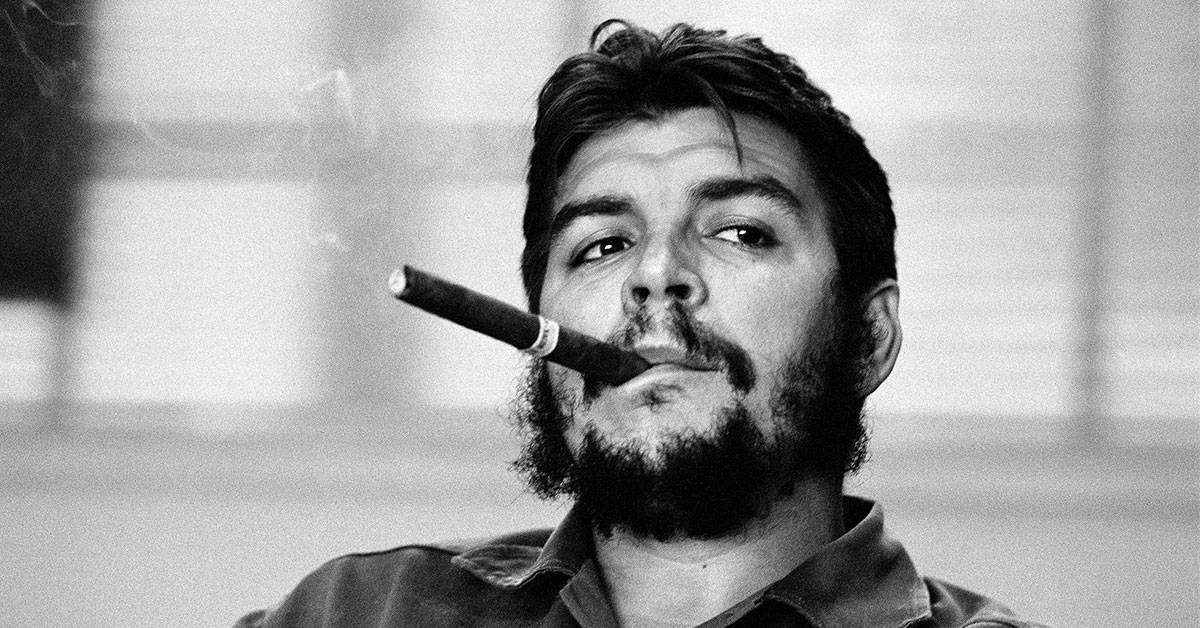Ernesto ‘Che’ Guevara is a name that engenders fierce debate amongst his proponents and critics. Those who believe in what he stood for claim that his acts of violence were necessary evils. Those who oppose him suggest he was nothing more than a terrorist that has been romanticized since his death. In a sense, his death by execution in Bolivia on October 9, 1967, was predictable. Regardless of his initial intentions, Guevara lived his life by the gun so it was always likely that he would die in the same way.

Disappointment in the Congo
Guevara gained fame as one of Fidel Castro’s most trusted men, and he helped the Cuban dictator overthrow Fulgencio Batista in early January 1959. The aftermath of the revolution was laden with bloodshed with Guevara aiding Castro in eliminating members of the old regime. Although he was considered by many as the second most powerful man in Cuba, Guevara ultimately grew restless and took on a new challenge.
Although he officially resigned from the post of Cuban minister of industry in April 1965, some historians suggest Castro dismissed him. The two men had fallen out as Guevara disagreed with Cuba’s foreign and economic policies. He was passionate about fighting against American domination in Latin America. Also, he championed revolutions by peasants in Third World countries as a means of overcoming social injustice.
Soon after his departure from Cuba, he traveled to Congo in Africa when the nation was in the midst of a brutal civil war. It was his opinion that Africa was the weak link in imperialism and he believed the continent had incredible potential for revolution. Notorious Egyptian President, Gamal Abdel Nasser, warned Guevara against the idea and said it was ‘unwise’ and ‘doomed to failure.’
Guevara ignored Nasser’s advice, but the Egyptian’s words proved prophetic as the Argentine revolutionary found nothing but failure and disappointment in Congo. He arrived on April 24, 1965, under the alias Ramon Benitez in a bid to support the Marxist Simba movement. Guevara helped Laurent-Desire Kabila and supporters of the murdered former president Patrice Lumumba. However, after several grueling months in which Guevara suffered from asthma and dysentery, he knew that Congo was not the right place for him.
He was also upset at the lack of discipline of Kabila’s troops, and after seven months, he left the country. His initial plan was to send the injured men home to Cuba and remain in Africa where he would fight until his death. Eventually, his followers persuaded him to return to Cuba, and he did so reluctantly in November 1965.

Marching Towards Death
Instead of giving up, Guevara decided to travel to Bolivia with the same goals as his African mission. Once again, he elected to ignore advice from someone sympathetic to his cause, and it proved fatal. The former (and future) President of Argentina, Juan Peron, met Guevara in Spain and told the revolutionary leader that he was committing suicide by going to Bolivia. Peron urged his fellow countryman to reconsider, but the obstinate Guevara had no intention of going back on his plans.
On November 3, 1966, he arrived in La Paz under the pseudonym, Adolfo Mena Gonzalez. Guevara pretended to be a middle-aged businessman from Uruguay, and he shaved off his beard, cut off most of his hair and dyed it gray. Despite claims that he wasn’t on good terms with Castro, the Cuban dictator denied it, and in his autobiography, Castro claims that he wanted Guevara to stay in Cuba until he could assemble a large force. He did not approve of his right-hand man going to Bolivia with a tiny group.
After a short stay in La Paz, Guevara took his band of approximately 58 revolutionaries with him into the Bolivian countryside. The small group was well armed and used guerrilla tactics to surround a couple of army patrols in the early part of 1967. However, Guevara encountered the same problems as in Congo except for this time; there was no escape.

